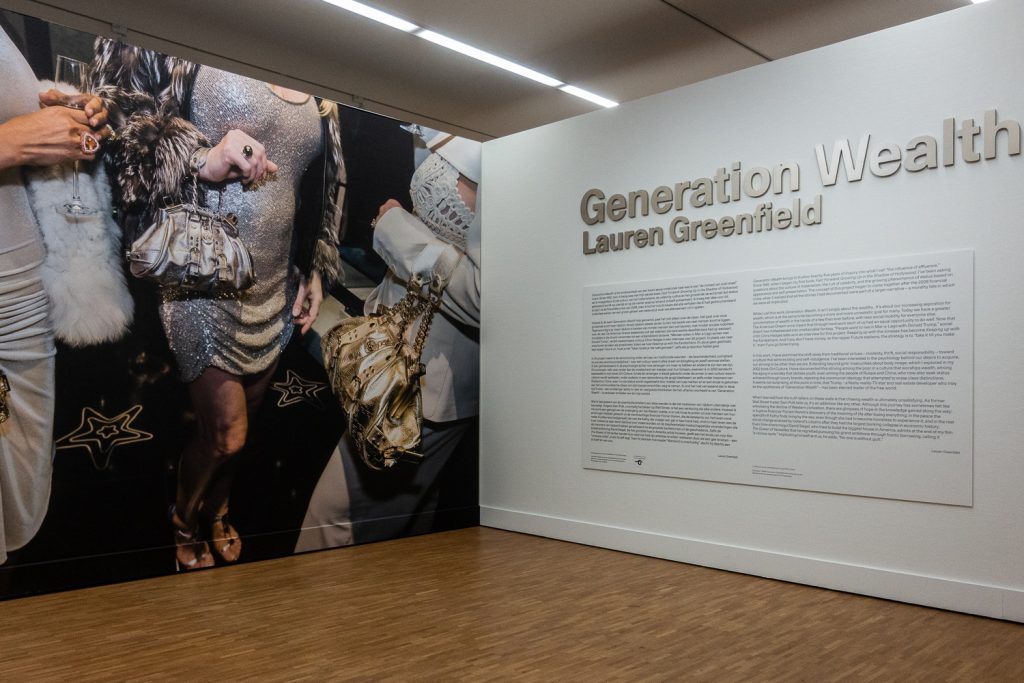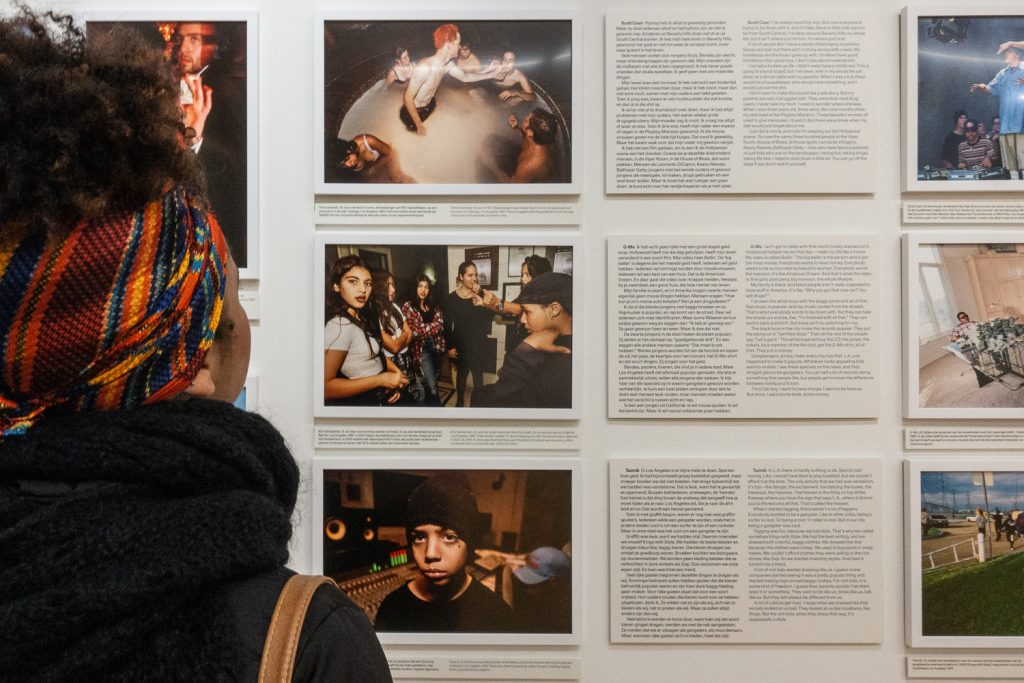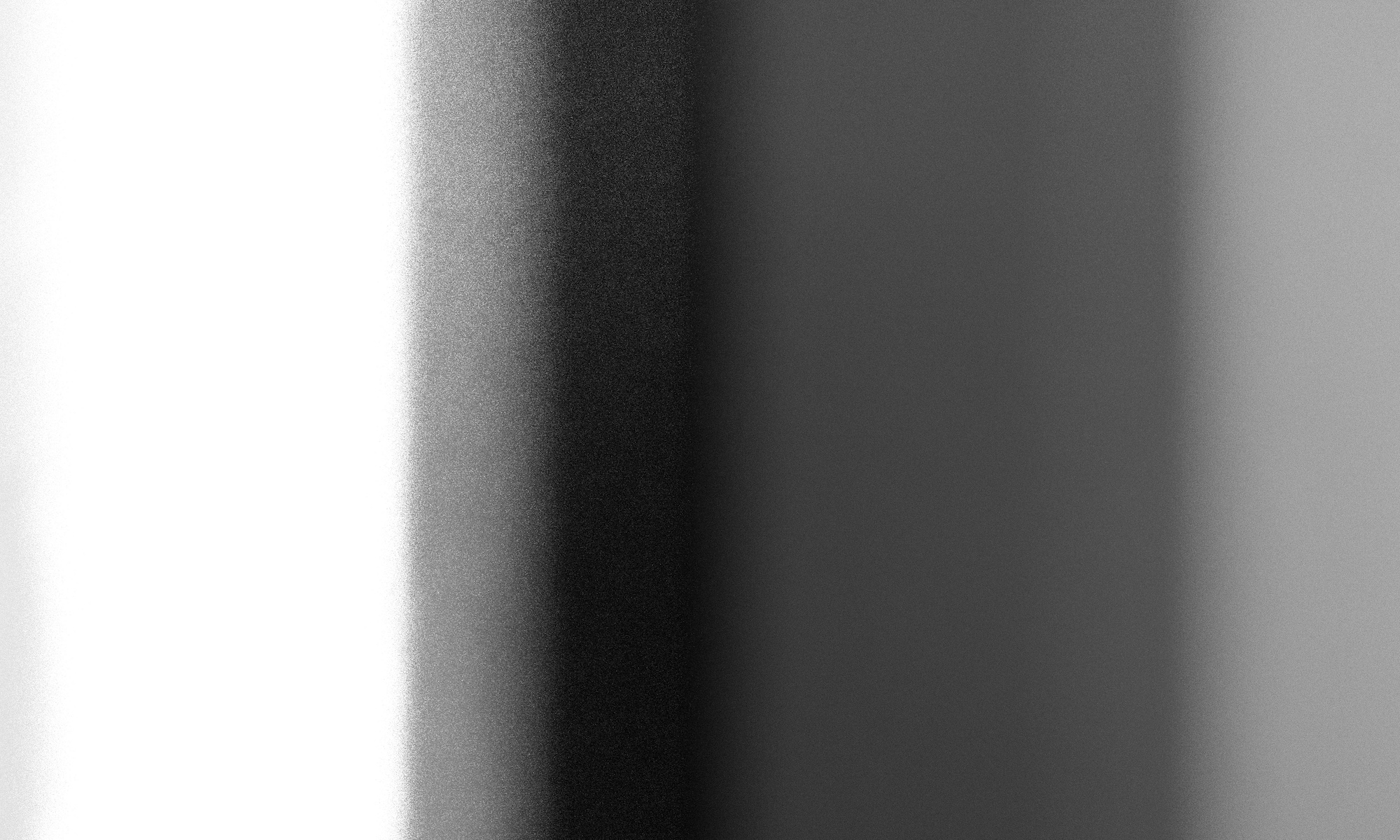Lauren Greenfield, Fotomuseum Den Haag, 15th December 2018
It is difficult to come out of this exhibition, produced by the Annenberg Space for Photography in Los Angeles, where it was first shown in 2017, feeling good about life.

The exhibition maps out work by Greenfield over the past 25 years, focusing on the effects of rampant consumerism and affluence, initially amongst youth in Southern California, and subsequently more broadly around the world (latterly amongst the new super-rich in China and Russia). The exhibition is arranged around a number of themes (for instance, New Aging, Sexual Capital, Dream Home) and comprises of images presented alongside short interviews with some of the people featured in the photographs.

The images are strong, and can clearly stand on their own, but the text gives additional insight into worlds that will be unfamiliar to the majority of viewers. Many of the images are shocking, and motivate viewers to read the text to learn and understand more. It’s an exhibition that demands time. It’s not a sociological work, and doesn’t attempt to explain or provide answers. It’s impressive that Greenfield has been able to build up a coherent body of work (visually and conceptually) over an extended period of time whilst working as a photo-journalist. Much to be learned, for me as a photographer, about presenting this kind of work in a way that maximises engagement and impact. There is a documentary, Generation Wealth (2017), which opened at the Sundance Film Festival 2018 and is available on DVD (and which was screened as part of the exhibition). Reviews of the film raise again for me the differences between film and gallery as modes of presentation, explored in an earlier post. Whilst the exhibition provides an engaging and stimulating experience (in which the work is not expected to provide explicit analysis, that’s a task for the viewer who negotiates their way around the gallery, rather than being driven forward by the temporal direction of film), the documentary is seen as failing to strike a position and provide an informed analysis. A book containing 650 photos and 150 interviews has been published by Phaidon. Again, whether or not the book is seen as a success hinges on the extent to which the reader is able to see it as a stimulus for their own subsequent investigation, or whether some kind of formal analysis is expected. We are in a place here where questions are raised about what art can and should aspire to achieve, and how work is positioned in relation to social critique. The show at Fotomuseum Den Haag is the first time the exhibition has been seen in its entirety in Europe.
Greenfield, L. 2017. Generation Wealth. London: Phaidon.
